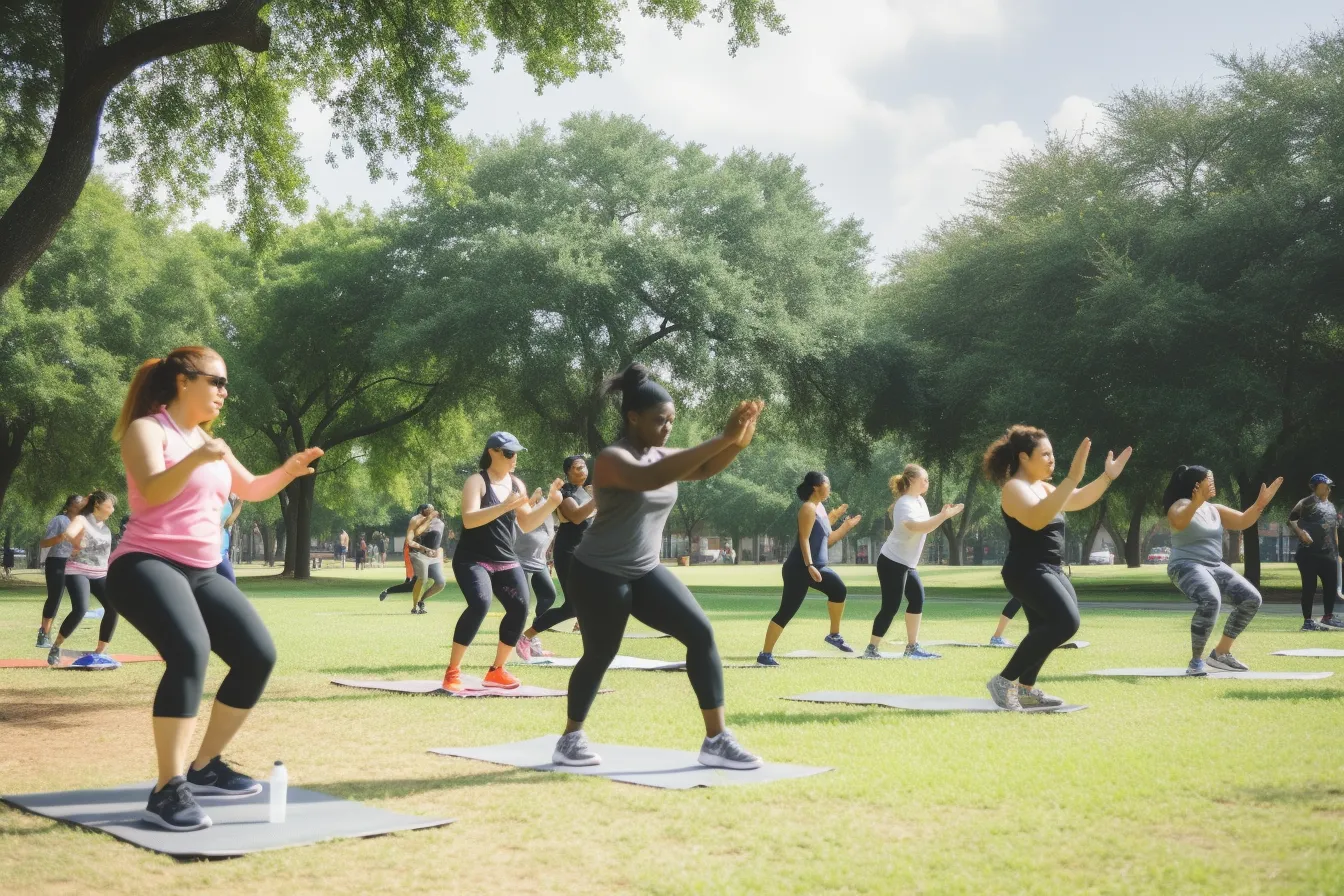Experts explain how to do it safely
The United States Office of Disease Prevention and Health Promotion recommends that adults clock at least 150 to 300 minutes per week of moderate exercise, 75 to 150 minutes each week of vigorous movement, or “an equivalent combination of both intensities.” However, the results of a recent study published in the journal Circulation suggested that boosting the time you spend biking, lifting weights, and running may promote longevity.
The study found that those who exercised two to four times above the moderate physical activity recommendations (about 300 to 599 minutes each week) reaped the most rewards from their exercise regimen. These participants also had 26% to 31% lower all-cause mortality, 28% to 38% lower cardiovascular mortality, and 25% to 27% lower non-cardiovascular mortality.
Below, Maillard Howell, a personal trainer and owner at Dean CrossFit in New York City, and Dr. Sean Heffron a cardiologist at NYU Langone Health, offer their best tips for topping off your current workout regimen safely.
Follow the 10% rule of increasing your exercise regimen
In running, there’s a rule that you should increase your mileage by no more than 10% each week to avoid injury while increasing fitness. For example, if you run 10 miles one week, you shouldn’t run more than 11 the next week. Heffron says that you can follow this rule no matter the type of fitness you prefer.
When you’re considering how to measure that 10%, he recommends thinking about exercise in terms of duration or intensity. In other words, you can either increase how long the effort lasts or how taxing the effort is on your body—but only by 10%. “The risk of orthopedic injuries can increase substantially if you try to increase more than that,” explains Heffron. “I remind people that 10% is the the max.” He adds that, in the beginning, upping your exercise by 1% or 5% will likely be more sustainable.
Progress and deload, progress and deload
Rather than thinking of your fitness journey as a game where you reach higher levels each week, try taking a break every once in a while to deload, taper, and recover.
Below, Howell offers a strength training example of progressing and tapering, but you can apply this same mindset to any type of workout.
Weeks 1-4: Weight lift, making incremental increases in your fitness plan each week by increasing weights little by little.
Week 5: Deload, cut the weights back to the same load you lifted on week one.
Week 6: Restart your program, but aim to hit a higher peak weight by the end of week 4.
Tune into your body’s cues—and adjust your workouts accordingly
“Pain is how your body lets you know that what you’re doing is not something that it’s good,” says Heffron. While it’s fine to feel out of breath and uncomfortable, dizziness, excessive fatigue, and feeling unwell are all good reasons to stop your workout.
Tuning into yourself will also allow you to discern if you could be doing more, according to Howell. If the exercise regimen you followed last month now feels like a piece of cake, or your body composition isn’t changing, it may be time to dig a little deeper in your workouts—and really see what you can do.
Most of all, note when you’re genuinely enjoying your workout. Maybe your brain’s sending the message that you really love this hike or HIIT workout, and that inspires you to add it to your schedule more often, says Heffron.
Prioritize recovery
As you put more and more strain on your muscles, you’ll need to balance out that effort with rest. “Recovery is important no matter the stage you are in your journey,” says Howell. “Stimulus is variable for each of us and so whether we are an Olympian or a desk jockey, we are going to feel the effects of an exercise regimen, though those regimens may be distinctly different.”
Deload weeks, quality sleep, casual walks, stretching, and limiting alcohol are all free ways to recover, he says. However, massage guns, saunas, massages, ice baths and chiro adjustments can also be helpful if they fit into your budget. Personally, Howell is a fan of bike rides, saunas, and plenty of sleep (including naps).
Let go of the mindset that you “have to” move in a specific way
The good news about increasing your movement minutes is that you get to decide if you want to do more of what you love or give something new a shot. Maybe that means you’re a runner who hops on a bike, or you’re a devout yoga practitioner who wants to try a trampoline class.
That said, those extra exercise minutes don’t have to be quite so formal. Heffron wants you to remember that your day-to-day life is full of opportunities for getting your heart rate up. “I tell people, get off the bus, stop early, get off the subway a stop early. If you live on the 15th floor, then get off the elevator on the 10th floor, take the stairs up,” he says. “If you’re not living in an apartment building then enjoy time outside doing yard work or something like that.”

